Foundation Repair Services
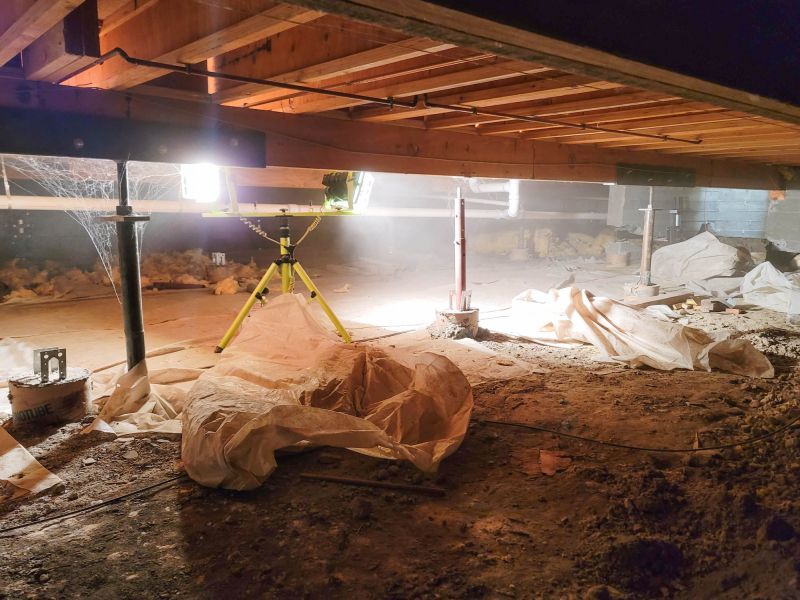
Spring offers moderate temperatures and stable soil conditions, making it an ideal time for foundation repairs.
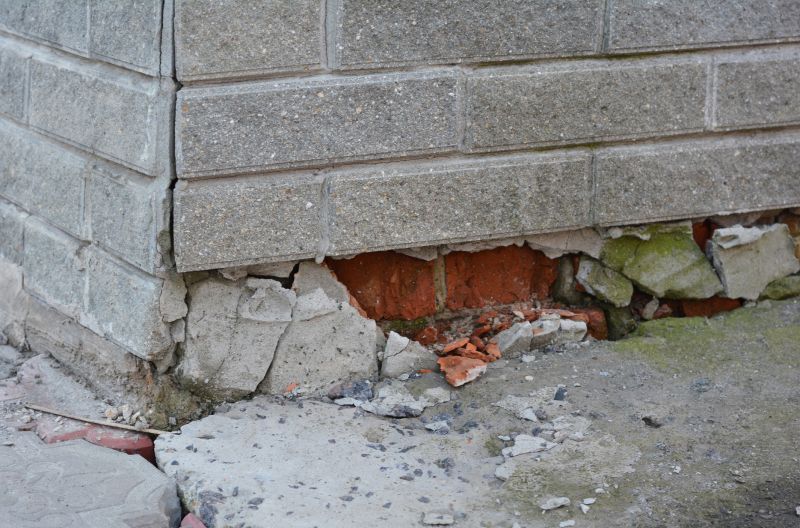
Summer's dry weather reduces soil movement, but extreme heat can pose challenges for certain repair methods.

Fall provides cooler temperatures and less moisture, facilitating effective foundation stabilization work.

Winter repairs may be limited due to cold weather and potential for frozen ground, but some repairs can be scheduled in mild climates.
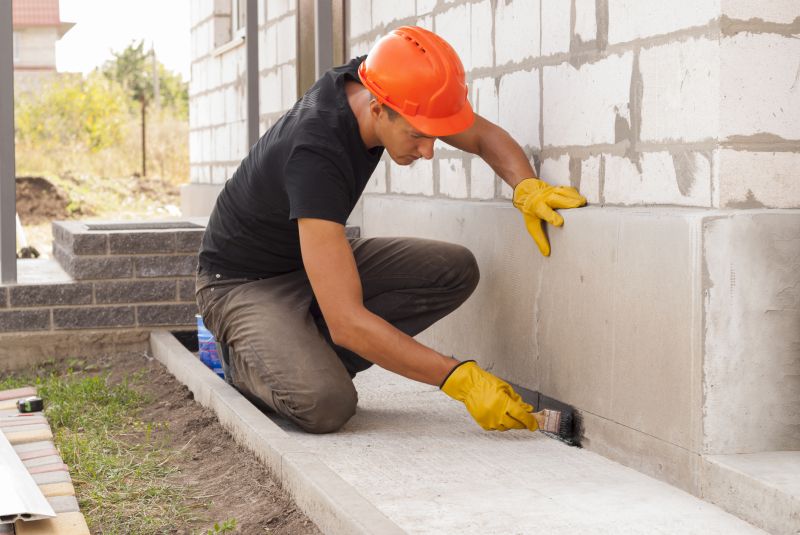
Typically, late spring to early fall is considered the best period for foundation repairs due to favorable weather conditions.

Avoiding periods of heavy rain or extreme heat ensures better repair outcomes and reduces delays.
Foundation repairs are essential for maintaining the structural integrity of a building. Addressing issues promptly can prevent further damage and costly repairs. Factors such as soil type, weather conditions, and the severity of the damage influence the timing and approach to repairs.
Statistics indicate that over 20% of residential foundation issues are related to soil movement caused by moisture fluctuations. Proper timing of repairs can minimize the impact of these factors, ensuring long-term stability.
Cracks in walls, uneven floors, and sticking doors are common indicators of foundation issues.
Repairs may include underpinning, piering, or slabjacking, depending on the damage.
Proper site assessment and soil testing are vital before scheduling repairs.
Repair costs vary based on the extent of damage, repair method, and property size.
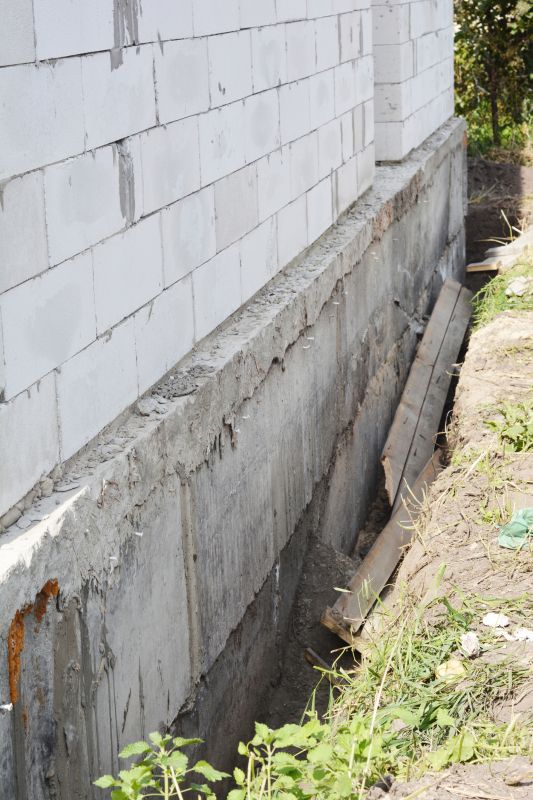
Visual inspection, soil testing, and tailored repair methods are part of the process.
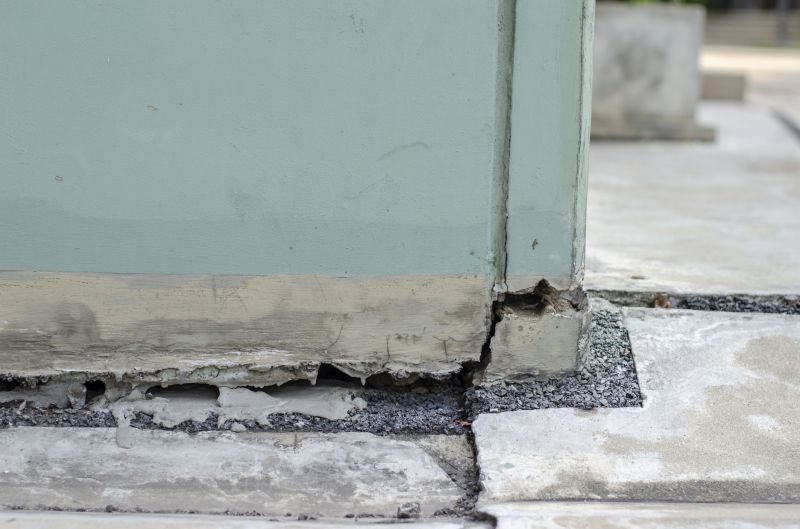
Proper timing and execution restore structural stability and property value.
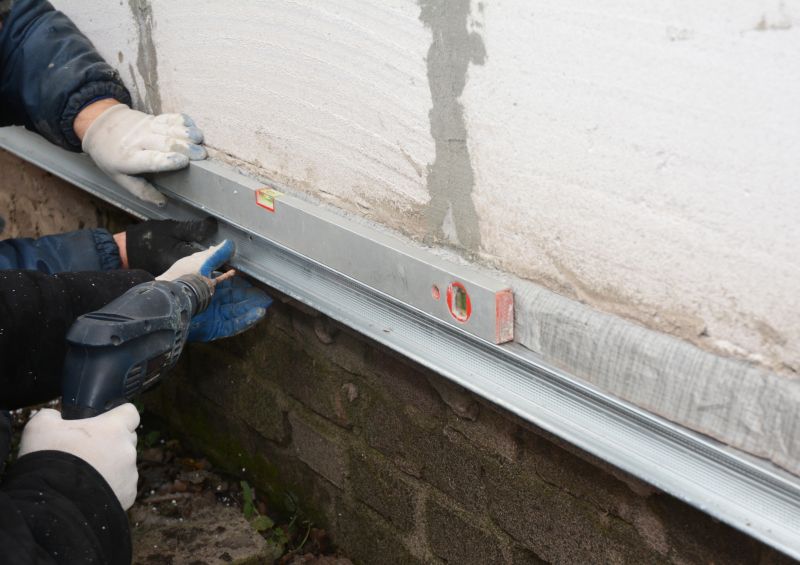
Advanced machinery ensures precise and effective foundation stabilization.
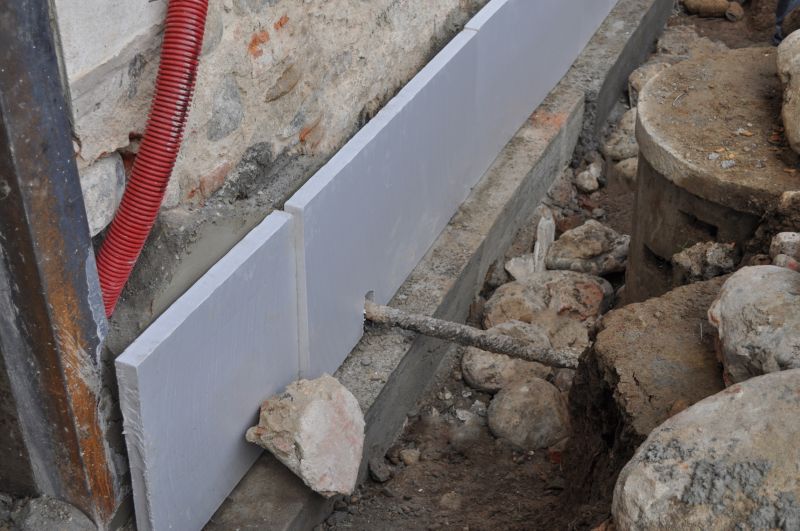
High-quality concrete, steel piers, and underpinning materials are commonly used.
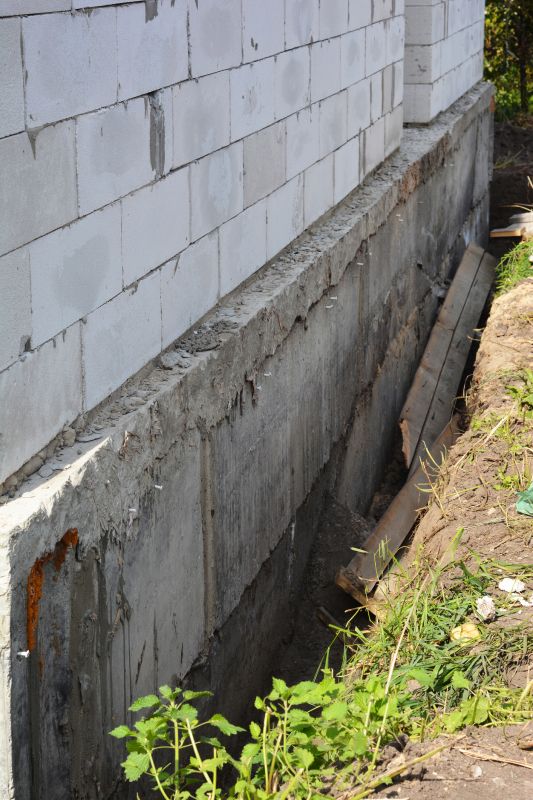
Methods like soil injection and drainage improve ground conditions.

Laser levels and moisture meters help assess foundation health accurately.
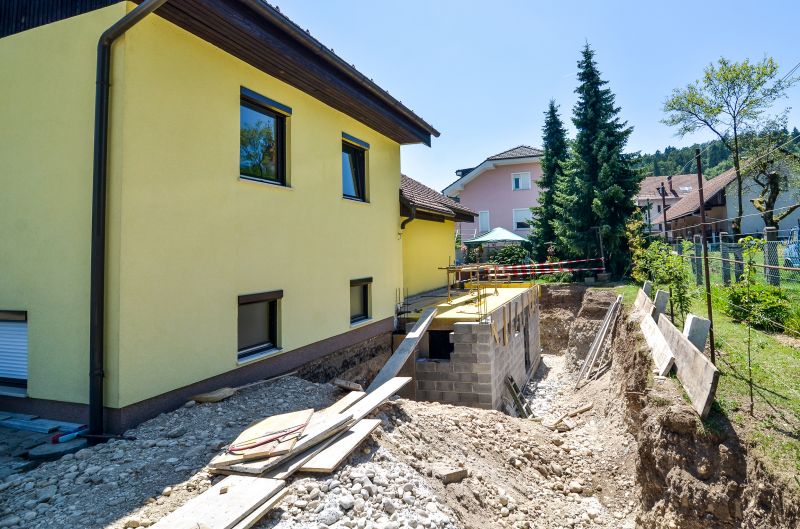
Weather conditions influence scheduling and success of repairs.

Regular inspections ensure the longevity of foundation repairs.
| Season | Optimal for Foundation Repairs? |
|---|---|
| Spring | Yes |
| Summer | Yes, with precautions |
| Fall | Yes |
| Winter | Limited, in mild climates |
| Late Spring to Early Fall | Ideal |
Proper timing for foundation repairs depends on weather patterns, soil conditions, and the severity of the damage. Conducting repairs during periods of stable soil moisture and moderate temperatures enhances the effectiveness and durability of the work. Consulting with foundation specialists can help determine the best time based on specific site conditions.
Understanding seasonal variations and planning repairs accordingly can prevent delays and ensure long-lasting results. Regular assessments and timely interventions are key to maintaining a safe and stable foundation.
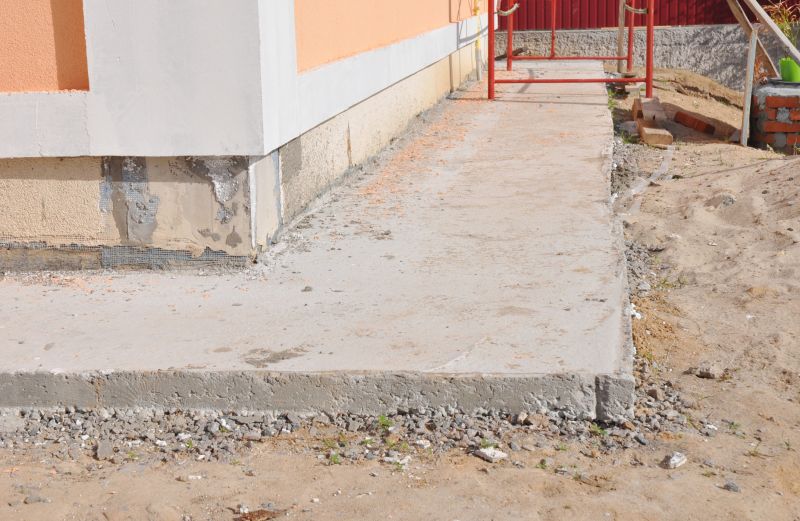
A well-prepared site ensures efficient repair work.

Specialized tools are used for precise stabilization.
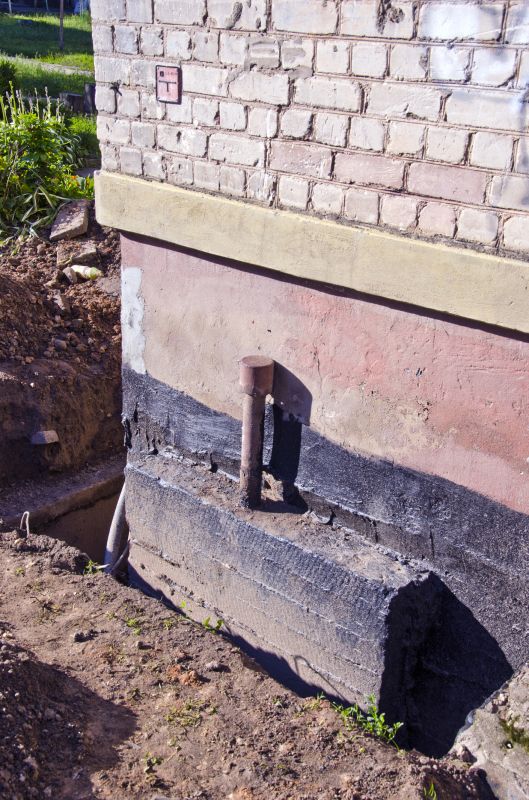
Properly timed repairs result in a stable foundation.
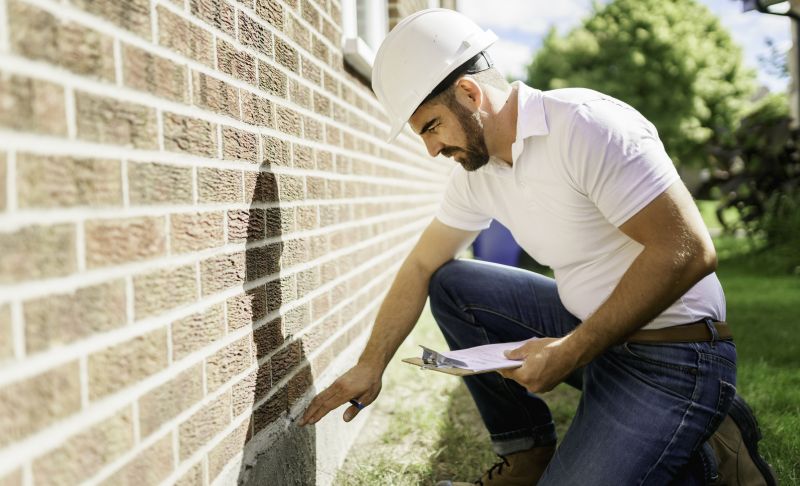
Regular inspections during repair maintain quality.
Interested property owners should consider scheduling foundation assessments during favorable seasons. Filling out the contact form can facilitate planning and ensure repairs are completed at the most suitable time for optimal results.
